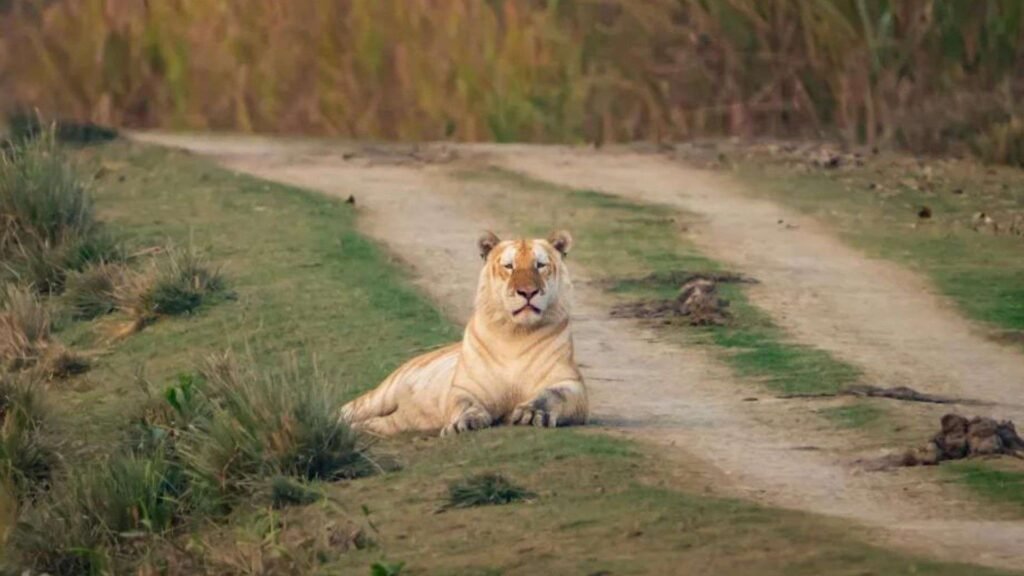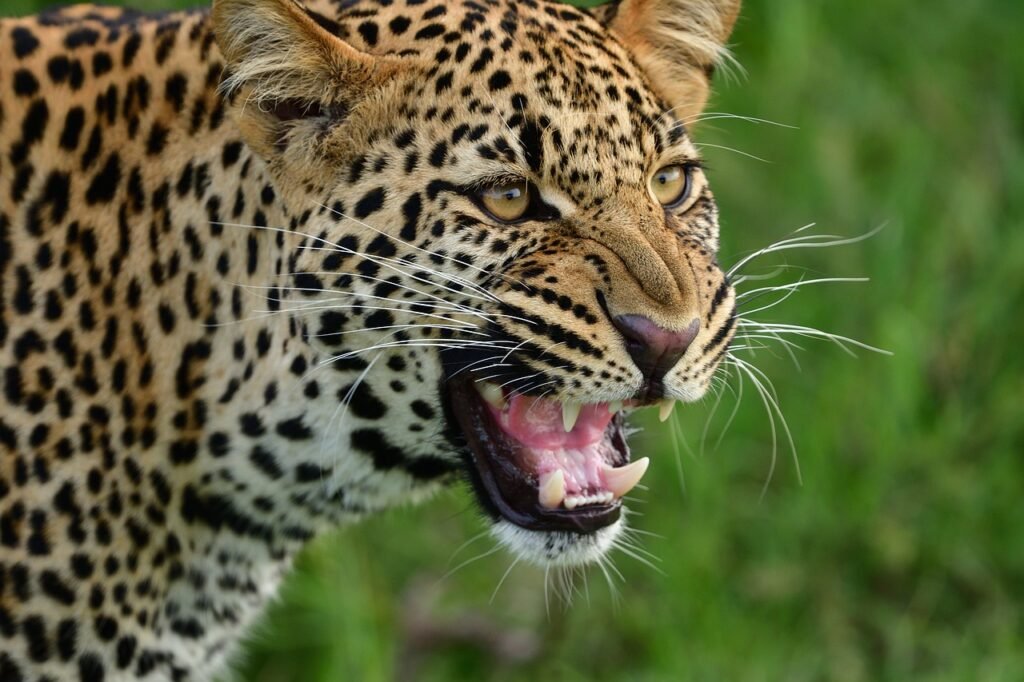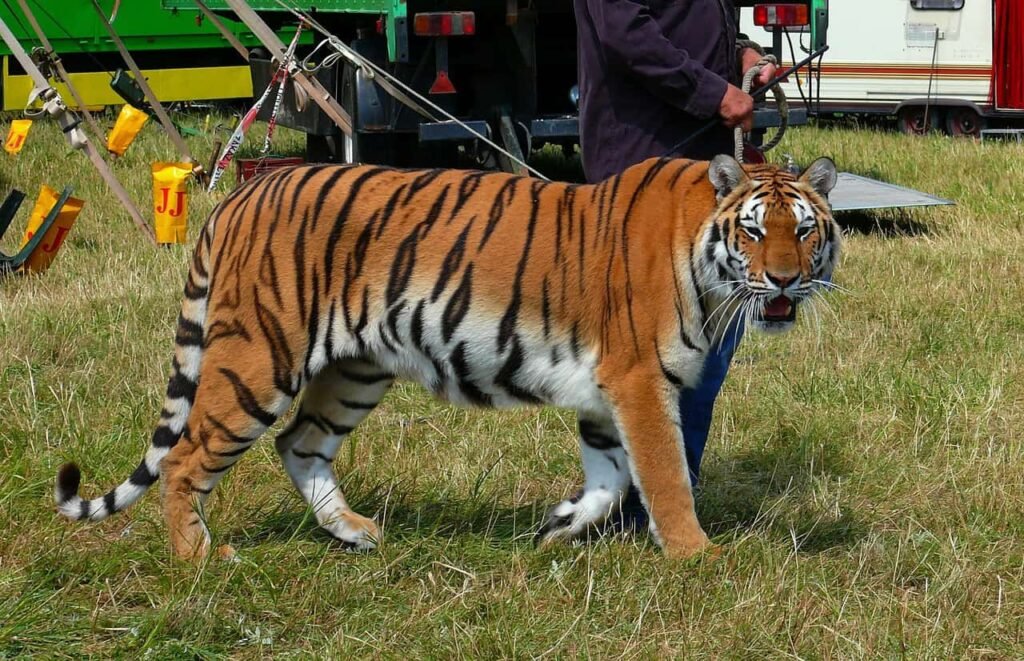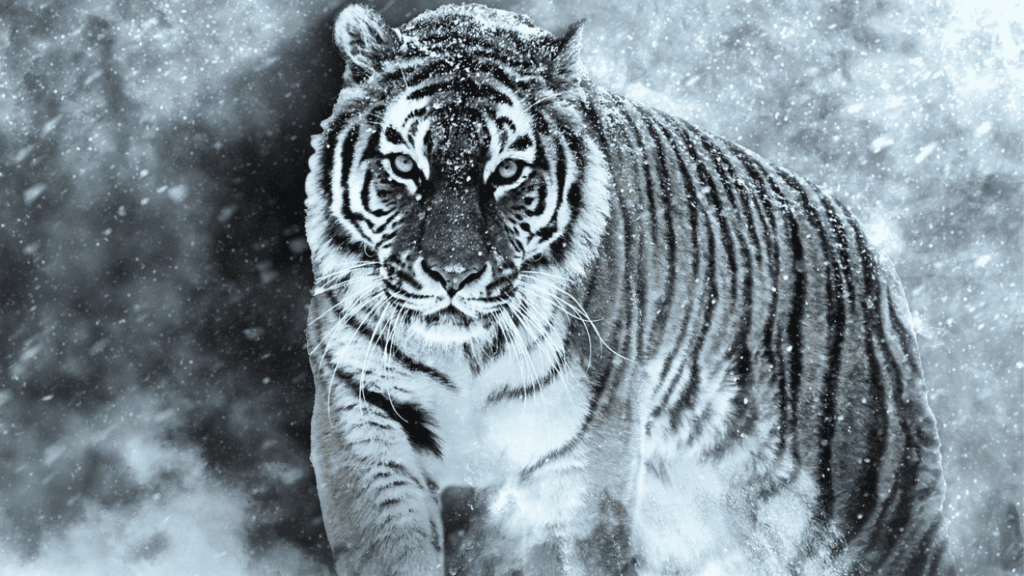The tiger, an icon of strength and beauty, is perhaps one of the most charismatic predators in the animal kingdom. Striking fear and admiration into the hearts of those who encounter it, the tiger’s story is a compelling journey through millions of years of evolution. Today, we explore how this majestic feline evolved to become one of the world’s most recognizable apex predators.
The Ancestry of Tigers

Tigers belong to the family Felidae, which includes all species of cats. The evolutionary origins of felids can be traced back to around 25 million years ago, evolving from the Miacidae family about 40 million years ago. The first true cats appeared approximately 10-15 million years ago, as feline ancestors adapted to new environments and prey.
The Rise of the Panthera Genus

The Panthera genus, to which tigers belong, diverged from other felids about 6 to 10 million years ago. This genus also includes lions, leopards, and jaguars. Within this genus, the evolutionary paths of these big cats began to diverge based on their habitats and dietary influences.
The Tiger’s Beginnings

Tigers are believed to have appeared around 2 million years ago. Fossil evidence suggests that early tigers were smaller and had more developed canines, adapted for a carnivorous diet. As they migrated across Asia, these primal felines adapted to different ecosystems, which influenced their diverse evolutionary paths and the development of the six distinct subspecies we recognize today.
Adaptations for Survival

The tiger’s adaptations are a testament to its role as a top predator. Its striped coat provides excellent camouflage in the dappled light of the Asian forests. Powerful muscles, retractable claws, and acute senses have enabled it to hunt efficiently, primarily focusing on large prey such as deer and wild boar. These physical traits are complemented by a solitary and territorial nature, allowing tigers to cover vast areas in search of food and mates.
The Development of Subspecies

Today, there are six subspecies of tigers: the Bengal, Indochinese, Malayan, Siberian, South China, and Sumatran tigers. Each subspecies has acclimated to specific environments across Asia. For example, the Siberian tiger’s larger size and thicker coat are adaptations to the cold climates of the Russian Far East, whereas the smaller Sumatran tiger has developed traits suited for the dense tropical forests of Indonesia.
Human Impact and Conservation

The evolution of tigers has been significantly influenced by human activity. Historically, hunting and habitat destruction have drastically reduced tiger populations. Conservation efforts have become critical to preserving these majestic creatures. International initiatives focused on habitat preservation, anti-poaching measures, and breeding programs are attempting to stabilize and increase tiger populations around the world.
Conclusion

The evolution of the tiger paints a portrait of survival and adaptation. From its early ancestral roots to its current status as a threatened species, the tiger’s journey is a remarkable tale of nature’s power and fragility. By understanding their evolutionary history, we gain greater appreciation for the diversity and resilience of life on Earth, and the role humans must play in protecting it.




